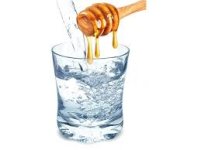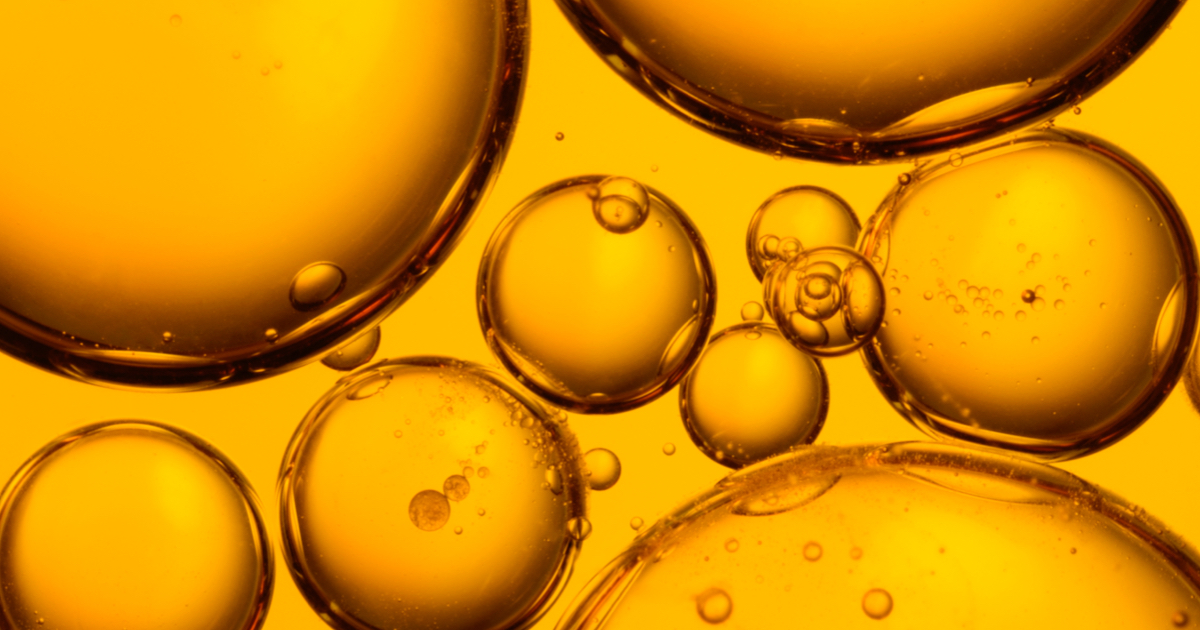OK, time to haul out my 2018 explanation again:
- Oil gets thicker as it gets colder. If you feel it necessary to test this, take a room temperature bottle of oil and pour some of it out. Now stick that oil in the freezer overnight. Pour it again.
- The number in front of the W is the rating for the oil's Winter performance. This is NOT a measure of viscosity and should not be compared with the oil's hot grade, which is what comes AFTER the W. It is a QUALIFICATION of the oil's ability to pass the CCS and MRV tests for the respective rating, which are a set of viscosity ceilings. The limits are based on 5 degree celcius intervals, offset by 5 degrees. Let's look at a SAE J300:
You can see all the Winter grades do not have qualifications for HTHS or a ceiling for hot viscosity. They instead have cold temperature limits for CCS and MRV. Rather than using an oil grade, for the which the data sheets tend to be a bit sparse, let's look at a PAO base oil, which will give us some more information.
This is Mobil Spectrasyn Plus 6 PAO, from here:
https://exxonmobilchemical.ulprospe...6&e=244595&culture=en-us&u=1
First, you can see that at 100C, the oil is 5.9cSt. When we move to a lower temperature, say 40C, that viscosity increases to 30.3cSt. If we go much, much colder to -40C, which is where MRV for the 0W designation is measured, we see that the oil is now 7,400cSt, massively thicker. Moving further down the sheet we can see that Mobil chose to break-out the CCS (Cold Cranking Simulator) viscosity at multiple temperatures for this product: -25C (10W): 1,400cP -30C (5W): 2,247cP -35C (0W): 3,600cP Because, as per J300, we can see that this oil falls below the upper limit for the 0W designation (6,200cP) and its hot viscosity aligns with SAE 12, this base oil would qualify as a 0W-12.


